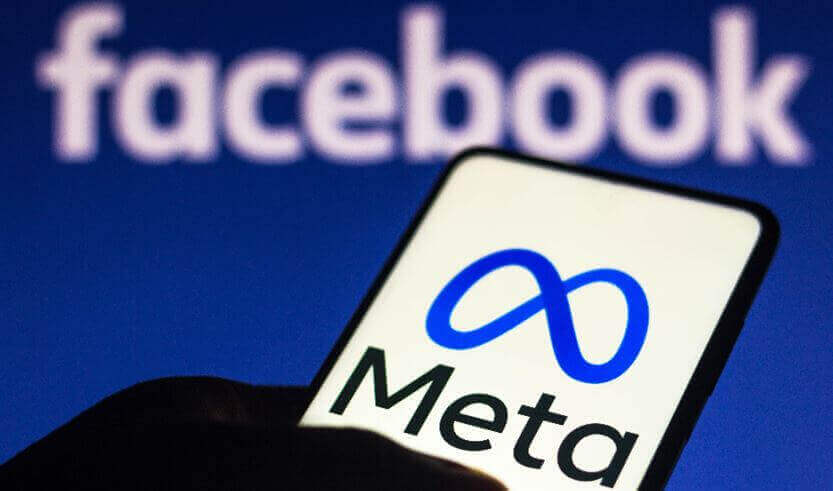PRINTING IN THE DIGITAL WORLD: WHAT’S NEXT?
Source
http://blog.ironmarkusa.com/future-of-print
26 March 2021
Let’s get past the “print is dead” misconception. The future of print is embracing the exciting new waves of communication and media innovation more than you might expect. Yes, the use of print has declined over the last two decades, but that ended a few years ago. The industry is now positioned to expand, especially with the oversaturation and privacy issues digital platforms experience today.
We spoke about what’s next with five prominent experts from various sides of the print field. Their answers were enlightening and eye-opening. It turns out the future of print is very bright indeed.
¬1. WHERE DO YOU SEE THE PRINT INDUSTRY HEADING IN THE NEXT FIVE YEARS?
The consensus was that big changes are coming. The top printing companies are embracing innovations, integrating with digital technology, and getting more customized. Our experts all hit on three important predictions.
EMBRACING INNOVATION
As companies merge and streamline in record numbers, there will be fewer manufacturers, merchants, and printers. However, the ones that vigorously adopt new technology will thrive and grow. There are a surprising number of new opportunities, but these companies must be willing to make significant changes to take advantage of them. Cooper explains, “A well-positioned printer is really becoming a communications company, offering solutions well above and beyond a traditional print facility.”
Goldscher points to a company that printed the Charlotte Hornets basketball floor. It’s certainly not traditional print work, and that's the point. Perception has been a major element of the problem with misdiagnosing the decline of print. “When you look around today, everything you see is printed, but people don't connect that with the printing industry. And that's the future. The future is yet to be written, because it’s whatever the demand will be, whether it be printing wall coverings [or other things].” He cites industry icon Frank Romano’s new book, The New Print Industry, that anticipates a myriad of different future print applications. “It's going to be messy, it's going to be disruptive—and vibrant. We’re hundreds of billions of dollars in the economy. We're going to continue to be. But it's going to change,” says Goldscher.
INTEGRATING WITH DIGITAL TECHNOLOGY
Print will also increasingly team up with digital media, no matter how we evolve our access to online content throughout the years, because it’s such a reliable driver to the web. People like to hold printed objects in their hands. The tactility is important, and its longevity also contributes to its effectiveness in this arena. For these reasons, and more, it’s a smart way to drive online traffic.
Sauers notes, “Print is still going to remain relevant in five years because you want to drive someone online – whatever online is going to look like. It could literally be your hand five years from now. They’re going to somehow amalgamate online and offline and that will keep print relevant.”
Hill says that her company, HP, is helping to drive those integrations. “At HP, we're very much a part of the future. There’s an interconnectedness that I'm not sure print service providers, or the print community in general, realize or exploit as much as we can. We're not apart from the 21st century; we are very much a part. I’m really excited about this!” She describes the new Nintendo Switch game, Labo, which uses printed cardboard costumes to enable the user to experience being a robot. Both AR and VR present great opportunities for print down the road.
Even the way we print has become digital, and the presses are getting smaller and more efficient. Grady notes, “It's just amazing the things that are creeping in. I used to work on an offset web press that was the size of a building, and it didn't print a whole lot more than what a little digital web press is doing.” Printers that take advantage of new digital technologies will forge ahead at record speed.
3D printing is another way that print and digital will continue to collide. 3D printing takes current technology and leverages it in innovative ways to create new technology. For instance, it uses the same heads as inkjets, with a different medium. Hill muses, “So this is repurposed technology that takes us into the next decade or so. That's what makes it sort of fascinating. From HP’s perspective, it's a big jump in technology. But we reuse that technology and adapt it for future applications without having to reinvent the wheel.” Sometimes, large leaps require just a few tweaks.
GETTING MORE CUSTOMIZED
As technology evolves, marketers will continue to drill down to more finely customize pieces for specific customers. For instance, Sauers notes that there will be smaller runs that are highly customized. Like in the digital world, where you can choose your exact demographics, “the buyer of five years from now is going to say, ‘We want to do a variable run, and this is exactly who we want to target.’” This is a win-win for all. Customers will receive more relevant information, and companies won’t waste money trying to cast larger nets. Sauers continues, “The traditional, mainstream blast-out-a-million-copies of something—I see that just dying a slow death.” No one will miss it.
2. WHICH RECENT PRINT INNOVATION IMPRINT HAS THE BEST OPPORTUNITY FOR GROWTH?
There was no consensus here, and that’s an exciting thing. There are a large number of printing products and industry innovations that are poised for growth, such as inkjet, large format, packaging, and online integrations.
INKJET TECHNOLOGY
In terms of speed and price, inkjet will continue to propel the print industry forward. Inkjet printers are many times faster than traditional printers and can now be sheet-fed or roll-fed. “We think that’s somewhat revolutionary,” notes Cooper. Hill agrees, “There are too many print innovations to mention, but if I must choose, I would say watch out for inkjet.” Goldscher says, “Digital. And to subset that, it’s the inkjet technology.” This evolving technology is paired with new inks as well.” Goldscher explains, “They’re even making conductive ink and putting nano particles in the ink. I think that's probably one of the biggest innovations that's coming down the line.”
WIDE FORMAT IS BIG. REALLY BIG.
Again, with bigger and better technology comes the ability to make bigger printed materials. Cooper notes, “Wide format is the new way people are marketing, especially on the retail end. The use of windows, walls, floors, and the ability to change that messaging rapidly and relatively inexpensively, is driving it.” Goldscher concurs, “Large format is growing big. They're now printing digital wallpaper and décor, even doing ceramic tiles with digital printing. It’s broadening out into other things and other areas. I think that’s the biggest thing.”
PACKAGING ALSO RECEIVED SOME VOTES.
Several experts point towards Amazon as driving the innovation behind, and the desire for, well-designed printed packaging and labels. Cooper says that customizable, higher-end packaging with printed tape, labels, and boxes is being used to target millennials. He calls it the “Amazon effect.” Sauers agrees, “[The printers are] going to be hitting your target audience and becoming very customized, almost like Amazon in approach – where you can on-demand make things so easy for your customers that they wouldn’t dare go anywhere else.” This is an enormous opportunity, as online sales continue to climb.
DON’T SLEEP ON SUBSCRIPTION BOXES.
With the current state of the world, we are seeing a shift in demand for certain types of print work. Because everyone is online, and ordering products online, packaging has become increasingly important for companies who want to set their customer experience apart from the others in the flooded market. Particularly, subscription box companies have been doing exceptionally well throughout the pandemic because it’s giving consumers an at-home shopping experience. What does this mean for print buyers? It means it’s pushing your print marketing strategy to new limits in becoming more creative in your print offerings. Now is the time to really think outside the box of what your capabilities can be.
ONLINE INTEGRATION TIGHTENS.
Again, the continual symbiotic integration is huge. Together, print and online are greater than the sum of their parts. Hill notes, “Marketers are realizing that they will need to leverage everything within an omni-channel marketing communications plan, and print is going to be even more important than it is now.” Grady takes it one step further and notes how automation and robotics will come into play. “I think what you're going to see is a continuing move towards automation and robotics for our industry. And that can be scary to some, but to others, it opens up a lot of new ideas and new challenges. Everything that we can invent and create today can be used for things we haven't even thought of. We’re in a very interesting time.”
Interesting indeed! And as part of this exploding online convergence, data aggregation and 3D printing were also predicted to be big players in the future of this game.
PERSONALIZATION FOR PRINT
Personalization in print doesn’t mean just slapping your brand's logo on a print piece. For the future of personalization in print, it means that print companies are beginning to expand their personalization capabilities by adding variable data printing, design, and layout services in addition to just printed materials. This will take your printer more time to complete, but in the end, it means that customer relationships will be improved, which can drive the longevity of a print partnership.
Businesses are taking notice of this new trend, and it’s making this trend take flight at a faster pace then originally projected. Times are evolving and people are craving the personal touch you can get through a personalized print piece.
WEB-TO-PRINT PORTALS FOR EASY PRINTING.
If you’re a print buyer for a multi-unit location business or franchise, you’re going to want to listen up. Web-to-print portals are becoming more popular for multi-unit businesses and franchises that want to keep their print marketing collateral, branded merchandise, and signage cohesive to branding guidelines. It’s a password protected portal where all of your location managers can order and purchase supplies in the click of a few buttons. This keeps your locations from going rogue from your branding guidelines and allows you to monitor, at a larger scale, what is happening at all of your locations.
Related Articles

18 November 2022
New tools have just been released by Meta to assist creators in expanding their communities, finding new audiences, and making money from their content.

10 September 2024
Lebanese designers Elie Saab and Rami Kadi are embracing the metaverse, redefining fashion shows through immersive digital experiences. By blending haute couture with Web3.0 technology, they create interactive, globally accessible events that push the boundaries of fashion and innovation.